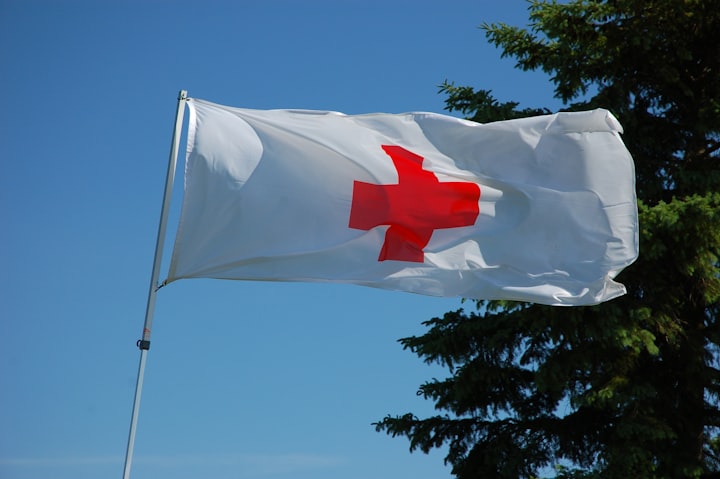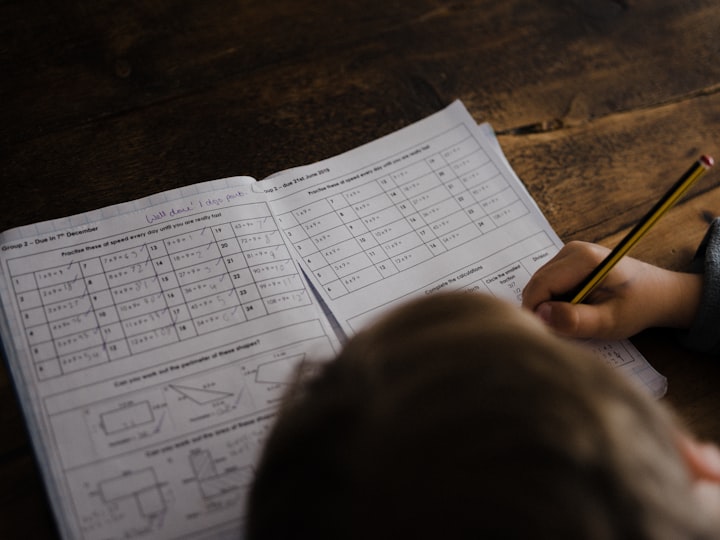Standard First Aid and Basic Life Support - Cardio Pulmonary Resuscitation (CPR) with Automated External Defibrillator (AED)
Only about 1% of the general public knows how to assess or handle someone who has passed out.

Abstract
Only about 1% of the general public knows how to assess or handle someone who has passed out. Out-of-hospital cardiac arrest mortality would be dramatically reduced if 15–20 percent of the population could perform cardiopulmonary resuscitation (CPR) (M. Connolly, P. Toner, D. Connolly, & D.R. McCluskey, 2007). A training program was implemented in our workplace as part of a campaign aimed at enhancing first-aid knowledge and skills. Our company is following the government's mandated nationwide educational effort to protect Filipinos' health and safety. The First Aid and Basic Life Support-Cardio Pulmonary Resuscitation with Automated External Defibrillator training was rigorously adhered to.
Keywords
- Basic Life Support
- First Aid
- Cardio Pulmonary Resuscitation
- Automated External Defibrillator
Abbreviations
- ABC (steps), airway breathing circulation
- AED, automated external defibrillation
- BLS, basic life support
- CPR, cardiopulmonary resuscitation
- BSI, Body Structure Isolation
- PPE, Personal Protective Equipment
Aims
Our company is following the government's mandated nationwide educational effort to protect Filipinos' health and safety. The First Aid and Basic Life Support-Cardio Pulmonary Resuscitation with Automated External Defibrillator training was rigorously adhered to.
Setting
Company Staff (Nurse, Safety Officers, Engineers, & Document Controllers), Foreman, and Safety Aid of BAUER Foundations Philippines, Inc.
Methods
A training course in Standard First Aid and Basic Life Support-CPR with Automated External Defibrillator that was created expressly for companies all across the Philippines as part of the government's mandatory nationwide educational campaign to preserve Filipinos' health and safety. The Philippine Red Cross provided a four-day training session for firm employees and chosen laborers. The learning and retention of Standard First Aid and Basic Life Support-CPR with Automated External Defibrillator knowledge were assessed using a written and and actual examination.
Results
Following the training session, participants exhibited a highly significant increase in their level of understanding in cardiopulmonary resuscitation and basic life support. All the participants successfully completed the 32 hours and passed the evaluating examination given on February 11, 2022.
Conclusion
A training program designed and taught as part of a workplace campaign would have a significant impact on improving first-aid knowledge, skills, and basic life support that ensures patients' vital functions until they are transported to appropriate medical care.
Standard First Aid and Basic Life Support - CPR with Automated External Defibrillator Training
First Day (February 03, 2022)
- Discuss the Module 1 and Module 2
- Define First Aid and Basic Life Support
- What are the Objectives of First Aid?
- Laws related to individual doing first aid (Good Samaritan Law)
- What are the legal concerns?
- Health Hazards and Risks
- Disease Transmission
- Prevention and Protection
- Define universal precautions, Body Structure Isolation (BSI), Personal Protective Equipment (PPE)
Second Day (February 04, 2022)
1. Actual Performance/Examination – CPR for Adult and Infant
- We were given 2 hours to practice
- On the actual performance we were grade on the following:
For Adult and Child
- Check for Scene Safety & Establish responsiveness
- Activate Medical Help and get AED (Automated External Defibrillator)
- Check for breathing and pulse for no more than 10 seconds (1001-1010)
- Start CPR (Cardio Pulmonary Resuscitation) 30 comp: 2resp-5 cycles: 2 minutes
- Proper placement of the hand
- Proper Compression
- Proper Compression rate
- Proper Chest Recoil
- Proper Airway opening
- Proper ventilations
- Recheck for breathing and pulse for no more than 10 seconds (1001-1010)
- Place the victim on a recovery position
For Adult
AED/Compression-Operator
- Turn on AED and attach pad
- Clear for Analyzing
- If AED indicates a shockable rhythm, clear victim for shock and press shock button
For Child
Ventilation-Operator
- Proper Opening of Airway and placement of barrier
- Proper Ventilations
2. Discuss the Module
Cardiac Emergencies
- Chain of Survival
- Heart Attack
- Cardiac Arrest
- Cardio-Pulmonary Resuscitation (CPR) - When to STOP CPR and When not to START CPR)
- Automated External Defibrillator (AED)
Airway and Breathing Emergencies
- Foreign-body Airway Obstructions (Classification of Airway Obstruction; Types of Obstruction)
- Respiratory Arrest
- Asthma Attack (First Aid Management)
- Hyperventilation (First Aid Management)
Bleeding and Shock
- Bleeding (Types of Bleeding; Techniques to Control Bleeding)
- Shock (Signs and Symptoms; First Aid Management)
Soft Tissue Injuries
- Close Wound (Signs and Symptoms; First Aid Management)
- Open Wound (Signs and Symptoms; First Aid Management)
- Burns (First Aid Management)
Bandaging (Guidelines and Techniques)
- Square Knot
Poisoning
- Ingested Poison (First Aid Management)
- Inhaled Poison (First Aid Management)
- Injected Poison (First Aid Management)
- Absorbed Poison (First Aid Management)
Third Day (February 10, 2022)
1. Types of Head and Spine Injuries (First Aid Management)
2. Types of Bones, Joints and Muscle Injuries (Signs and Symptoms & First Aid Management)
3. Medical Emergencies
- Strokes (Signs and Symptoms & First Aid Management)
- Diabetic Emergencies (Signs and Symptoms & First Aid Management)
- Seizures (Signs and Symptoms & First Aid Management)
- Anaphylaxis (Signs and Symptoms & First Aid Management)
- Fainting (Signs and Symptoms & First Aid Management)
4. Environmental Emergencies
5. Heat-related Emergencies
- Heat Cramps (First Aid Management)
- Heat Exhaustion (Signs and Symptoms & First Aid Management)
- Heat Stroke (Signs and Symptoms & First Aid Management)
6. Cold-related Emergency
- Hypothermia (Signs and Symptoms & First Aid Management)
7. Special Situations
8. Emergency Evacuation Drill
9. Emergency Childbirth
10. Aquatic Emergency (Cause of Drowning)
11. Actual Bandaging
Fourth Day (February 11, 2022)
1. Written Examination
2. Lifting and Moving (Emergency & Non-emergency move)
We do the actual Skills (Assisting a victim lying supine on the ground to stand up, Assist to walk, Armpit clothes drag, ankle drag, cradle carry (carry in arms), Pack-strap carry, Firefighter carry, extremity carry, extremity carry (hand as a litter), chair carry, Hammock carry, Blanket carry, and Bearer’s alongside.
3. Splinting
Like what you read?
Don't forget to please subscribe and like my story.
Thank you.
About the Creator
Domingo Añasco-Gaces Samontina, Jr.
.Professional Member of the Mechatronics and Robotics Society of the Philippines
.Certified Documented Information Controller with TUV Rheinland Qualifications
.Master of Science in Engineering (on-going) with Professional Teacher Certificate






Comments (1)
Great work